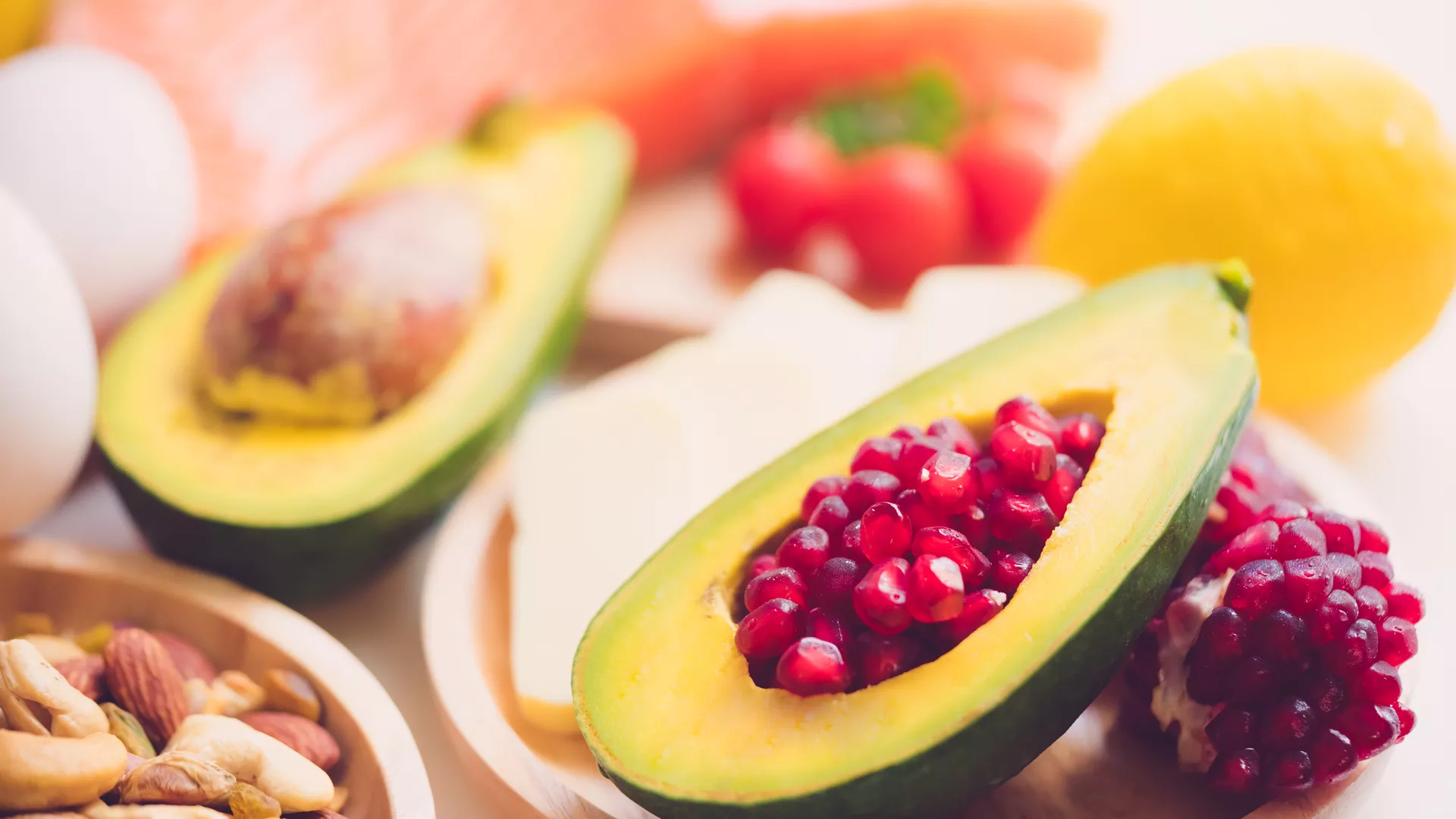Universal & Unique: Why Nutrition Isn’t Quite One-Size-Fits-All

The other day, I was laughing with my mom about how different our food quirks are. She can sip ginger tea all day without trouble, but cinnamon sets her off. Me? Black pepper makes me cough, and oats (that excellent superfood!) are off-limits. Then there’s my friend who can’t go near avocado—a food that shows up on every “superfood” list—and my sister whose ears itch if she eats turkey.
How can one food be healing for some and disruptive for others?
The Universal: What We All Share
At the most basic level, we are all primates. Our digestive tracts still reflect that lineage: relatively small stomachs, long colons, and a system well suited to fiber-rich plants. This structure is quite different from that of carnivores, whose shorter guts are designed to process meat efficiently.

Across cultures and centuries, staples such as tubers, beans, greens, fruits, and seeds recur repeatedly. Science backs up their healthfulness: the EPIC-Oxford cohort and Adventist Health Studies consistently show lower rates of cardiovascular disease, diabetes, and overall mortality in individuals who consume more plant-based foods. The Global Burden of Disease Study (1990–2011) went so far as to rank diets low in fruits, vegetables, legumes, and whole grains as leading contributors to preventable death worldwide.
So yes, there are universal principles: mostly plants, minimally processed, balance across macronutrients. That’s our shared biology.
The Unique: What Makes You, You
And yet, universality doesn’t mean uniformity. Individual differences manifest in numerous ways.
- Genetics: Around 65% of the global population can’t digest lactose as adults (lactase non-persistence), and ~1% have celiac disease.
- Immune quirks: Autoimmune conditions and allergies — these shape how “healthy foods” land in our bodies.
- Microbiome: There is enormous diversity in gut bacteria, which helps explain why one person thrives on beans while another gets bloated until their gut adapts. We think we do all the "digesting" of our food, but we have lots of help from our gut microbiome.

- Medications: Antiplatelet drugs like clopidogrel raise bruise risk, which can make certain foods (like high-polyphenol herbs) more complicated, while warfarin creates a need to manage Vitamin K intake. Beta-blockers alter heart rate and exercise tolerance, which shifts how the diet feels day to day. Many medications can create issues with specific nutrients, such as potassium in certain heart medications.
- Memory & culture: Research even shows that food memories affect satiety. What we remember from childhood meals can influence how satisfied we feel after eating, and things that made us terribly sick once can give us anxiety and stomach aches.
So while plants may be our universal fuel, the way each of us experiences them is deeply individual.
The Middle Ground: Shared Map, Personal Path
Here’s where it gets practical. Universal guidelines point us in the right direction, but individual tuning makes the journey sustainable.

- Dairy: For some, a glass of milk is protein and calcium. For others, it’s cramps, gas, or worse — about 65% of the world’s adults are lactose intolerant. And it makes sense, right, since milk is made for babies, not grown ups.
- Gluten: Whole grains are linked to longevity and a lower risk of disease, but for people with celiac disease (approximately 1% of the population) or non-celiac gluten sensitivity, they can trigger pain and inflammation.
- Legumes: Beans and lentils are affordable, protein-rich, and a cornerstone of many long-lived cultures. However, they can cause bloating or discomfort until the gut microbiome has adapted, and some folks have intolerances to deal with.
- Caffeine: For many, coffee or tea sharpens focus and lowers the risk of Parkinson’s and diabetes. For others — especially those with slow caffeine metabolism — it can trigger jitters, reflux, or poor sleep.
- Quirks: Sometimes, there's no provable reason why some food should not sit well with you. Don't worry about it. Unless it is something required for human life that you can't get elsewhere, set it aside as something you don't like. We're allowed to have likes and dislikes at the dinner table!
The truth is, our relationship with food isn't just a matter of biology—it's also an emotional, habitual, and even an identity-driven experience. Sometimes we even override our bodies' signals for the comfort of a favorite flavor.
The trick is respecting both the map and your unique terrain, and being honest with yourself about whether a food is truly serving you. Is there a food you continue eating even though your body tells you it's not a good idea? That could be worth looking at during one of your times of introspection.

Takeaway
Food is both biology and biography. We share the exact broad nutritional blueprint, but how each of us lives it out is shaped by our genes, immune systems, microbiomes, medications, and memories.
So eat more plants — that’s universal. But listen carefully to how your body responds — that’s unique to you.
Because the truth is: there’s no one-size-fits-all, but there is a way forward for you.
Resources & Further Reading



Check out my full website.
Explore my bookshop.org store for books on the biome and related subjects.
(This blog is not intended to diagnose or treat disease. I am not a physician. Please consult your physician for any medical advice. Thanks.)
Affiliate note: I have affiliate relationships with Bookshop, Azure Standard, and Amazon. If you click through and make a purchase, I may earn a small commission at no extra cost to you. I strongly support both Azure and Bookshop for their mission-driven models, and I also include Amazon links, as I know many people find it the most convenient and affordable option. As an Amazon Associate, I earn from qualifying purchases.







